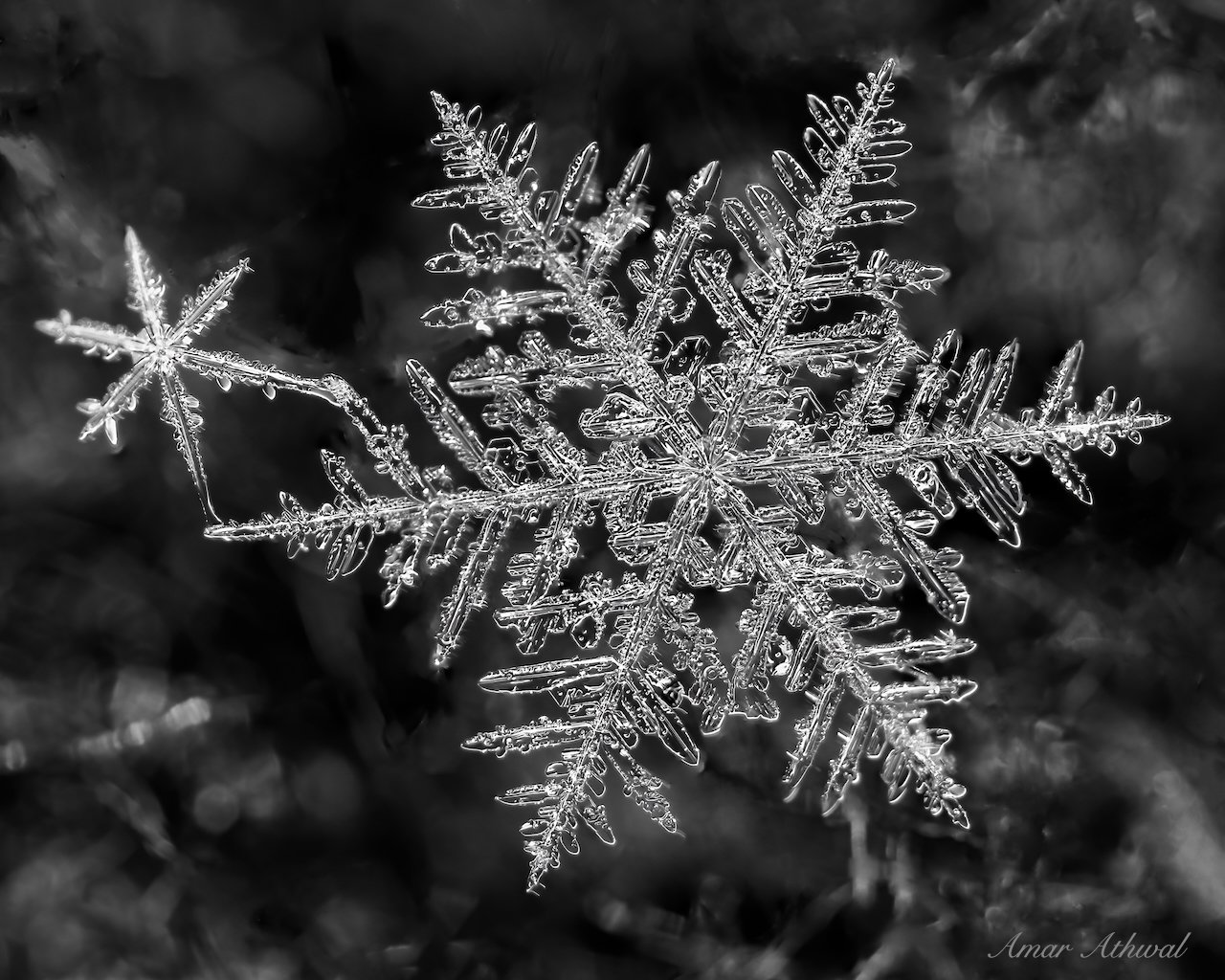The Sun's magnetic field goes through a solar cycle roughly every 11 years, with the current one expected to peak in 2025. During this cycle, the magnetic field flips, and the north and south poles switch places. After another 11 years, they flip back. The Sun becomes more active and stormier toward the end of the 11-year solar cycle, going from solar minimum to solar maximum. During solar maximum, a larger number of sunspots appear. Sunspots are areas where the magnetic field is around 2,500 times stronger than Earth's, much higher than anywhere else on the Sun. Solar flares, which release large quantities of energy from the Sun, are more likely to occur during this period.
During solar maximum, with more active sunspots releasing energy, intense radiation storms can collide with Earth's outer atmosphere. Causing electrical disruptions and satellite and communication problems. However, these storms can also bring us Northern Lights. The stronger the storms, the more intense and the further south the lights will be visible. There are different levels of solar flares, with class A being the smallest, followed by classes B, C, M, and X. With each class, there is a smaller scale from 1 to 9, with X9 being the highest. There have already been six X-level solar flares this year, as many as there were throughout 2022.
If the sunspot from which the flares are coming is not facing toward Earth, the chance of seeing Northern Lights is small. That has been the case for most of this past winter. However, on March 23-24, 2023, we had X-level solar flares that caused a category G4 geomagnetic storm. G1 being a minor event and G5 being an extreme event. This was the most intense solar storm since 2017, the Northern Lights were visible across Canada and as far south as New Mexico.
Although the lights were visible in Banff NP. The lights were more intense and visible at certain times and locations. It's important to note that just like a snowstorm covering western Canada, it does not mean all areas always will be getting equal amounts of snow falling. Just as Earth weather, many factors play in space weather. Some locations in the park reported seeing green and red colors with the naked eye. However, it's worth noting that the visibility of the Northern Lights varied greatly depending on the time, location, and weather conditions.
Overall, it was an enjoyable experience for many locals and visitors who were out and about trying to find a dark spot to see the lights. I personally saw mostly green light, with a brief glimpse of red. My camera, having a more sensitive sensor than my eyes, was able to pick up deeper and more colours. The temperature was comfortable enough to stay outside and enjoy most of the night. Here's hoping for a few more nights like that before we go to the other side of the solar maximum.



















